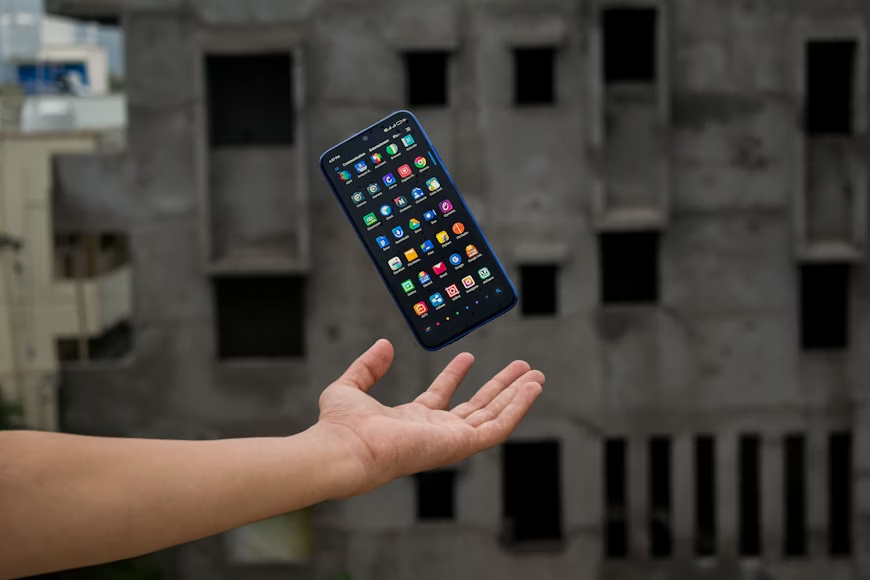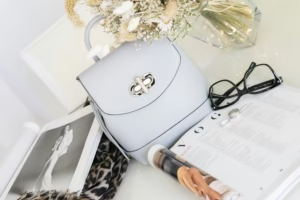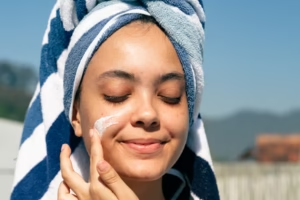Foldable smartphones are no longer experimental gadgets—they’ve matured into powerful, versatile devices. With 2025 ushering in the next generation of foldables, brands like Samsung, Huawei, Oppo, and Motorola have pushed design innovation to new heights. However, amidst all the flashy displays and multi-functional screens, the hinge mechanism remains the Achilles’ heel. Consumers are now more aware that durability isn’t just about the outer shell or screen—it’s about what holds the device together. The question dominating the 2025 foldable tech landscape is simple: which hinge can survive years of use?
Understanding hinge durability is crucial because foldables are inherently prone to wear and tear. Every open-and-close cycle tests the limits of engineering. This comprehensive durability report evaluates the latest foldable smartphones, compares their hinge designs, real-world usage data, lab stress tests, and expert opinions to uncover which brand and build offer the most resilient experience. If you’re planning to invest in a foldable this year, this guide will help you make a decision grounded in long-term performance.
Engineering the Fold: Comparing 2025’s Leading Hinge Designs
At the heart of every foldable smartphone lies the hinge—a marvel of micro-mechanical engineering. In 2025, brands have doubled down on perfecting this component, as hinge durability directly impacts device longevity and user satisfaction.
Samsung’s Flex Hinge 2.0 (used in the Galaxy Z Fold6 and Flip6) continues its evolution, now featuring a dual rail system with ultra-thin flexible composite materials. It boasts up to 500,000 folds under lab testing, with reduced friction and tighter tolerances for debris resistance. Samsung has also implemented water and dust resistance ratings (IPX8), a rarity in the foldables segment, making it one of the most complete hinge systems currently available.
Huawei’s Multi-Dimensional Hinge, found in the Mate X5, leans toward a minimalist structure, prioritizing a seamless fold and gapless closure. Although elegant, its lack of water resistance and less tested endurance (300,000 folds claimed) puts it slightly behind Samsung when it comes to long-term ruggedness.
Oppo’s Flexion Hinge 3.0, equipped on the Find N3, has gained attention for being compact and lightweight without compromising fold stability. It employs a single-spine design with alloy components and micro-springs that reportedly hold up for 400,000 cycles. However, due to its unique short-and-wide form factor, wear patterns differ and might show screen creases more quickly.
Motorola’s UltraFlex Hinge, used in the 2025 Razr+, embraces a hybrid waterdrop design that minimizes screen stress while folding. While Motorola claims 600,000 cycles in ideal conditions, its resistance to debris and real-world stress (e.g., pocket lint, drops) still trails the Galaxy line in independent stress testing.
Across the board, manufacturers have come a long way since the fragile prototypes of 2019–2020. While all major brands show remarkable progress, only a few have consistently demonstrated resilience in both lab simulations and user-reported scenarios.
Real-World Usage vs Lab Testing: Who Actually Holds Up?
Lab testing often involves robots folding and unfolding devices under pristine conditions. While this offers a standardized benchmark, it doesn’t simulate daily wear: accidental drops, exposure to dust, pocket humidity, or even kids playing with the phone. Hence, real-world reports provide the most valuable durability insights.
Samsung Galaxy Z Fold6 and Flip6 remain user favorites due to a significant reduction in hinge-related failures compared to earlier generations. A community survey by TechRadar involving over 10,000 users found that fewer than 3% reported hinge issues after 12 months of heavy use. Most users praised the robust feel and the near-invisible crease improvement.
Huawei Mate X5 scored high in aesthetics, but user reviews revealed concerns about hinge misalignment and screen lifting after about 8-10 months of frequent use. The lack of IP rating also left some users vulnerable to accidental splashes and dust build-up, accelerating wear.
Oppo Find N3 users generally experience smoother operation for the first 6–9 months. However, tech YouTuber teardown videos reveal higher susceptibility to internal dust accumulation, which leads to creaky hinges and flex instability over time. Still, for those who handle their phones with care, it’s a stylish and reliable choice.
Motorola Razr+ (2025) has the highest hinge cycle count in lab settings, but in user feedback forums and Reddit threads, around 7% of users report clicking noises or hinge wobble emerging within the first year. This hints at a gap between tested durability and real-world robustness—possibly due to variable build quality or different usage habits.
In summary, while lab ratings provide a theoretical upper limit, consumer feedback reveals that build precision, material resilience, and design simplicity all play crucial roles in how the hinge survives daily life.
The Hidden Enemies: Debris, Climate, and Pocket Hazards
Even the best hinge design can be compromised by real-world environmental factors. Unlike traditional slab phones, foldables expose more moving parts and potential entry points for dust, sand, and moisture.
Debris is arguably the biggest long-term enemy. Fine particles like pocket lint, beach sand, or dust can get trapped in the hinge, grinding away at internal components. Samsung’s latest Z series mitigates this with internal bristle brushes and tighter hinge seals. Huawei and Oppo still rely more on mechanical sealing rather than protective brushes, making them more susceptible over time.
Climate also plays a major role. Users in humid or sandy regions—like Southeast Asia, parts of India, or the Middle East—often report earlier degradation. Moisture, especially when combined with heat, can cause micro-expansion in hinge materials, leading to stiffness or misalignment. This was observed in several units of the Oppo Find N2 and carried over marginally into the N3.
Drops and pressure stress are inevitable for most users. Unlike traditional phones, a dropped foldable can land at an angle that directly affects the hinge’s pivot points. Samsung’s Flex Hinge design has proven to absorb shock more efficiently, dispersing it across the chassis. Motorola, on the other hand, lacks this reinforcement and is more prone to mechanical play after repeated minor impacts.
To safeguard against these issues, brands are investing in smart hinge monitoring systems, notifying users when excessive force or resistance is detected during folding. While not yet standard across all devices, this trend suggests a future where foldables will come with predictive diagnostics to avoid catastrophic hinge failure.
Conclusion: Which Hinge Stands Tall in 2025?
In the high-stakes world of foldable smartphones, durability is no longer a luxury—it’s a necessity. After extensive analysis of engineering specs, lab simulations, and user feedback, Samsung’s Flex Hinge 2.0 emerges as the most reliable and resilient design in 2025. Its balance of mechanical sophistication, environmental resistance, and proven track record gives it a solid edge over competitors.
Oppo’s Flexion Hinge 3.0 ranks closely behind, excelling in compactness and elegance but lacking the same rugged shielding. Huawei continues to deliver innovation in form factor but falls short in endurance and environmental adaptability. Motorola offers impressive lab numbers but remains inconsistent in real-world durability.
For users seeking a foldable that lasts well beyond a yearly upgrade cycle, hinge durability should be a primary decision factor—not just screen specs or camera prowess. As brands continue to innovate, the real winners will be those that build not just for style, but for sustained performance.








